Spring Hydrangea Help
Spring Hydrangea Help
From planting to pruning, our customers have questions about hydrangeas. Here are tips for May maintenance and creating some landscape magic with new Hydrangea varieties.
What new varieties of Hydrangeas are available?
There are new and improved Hydrangeas that come to market every year. Here are a few Proven Winners varieties that are perfect for Cape Cod gardens.
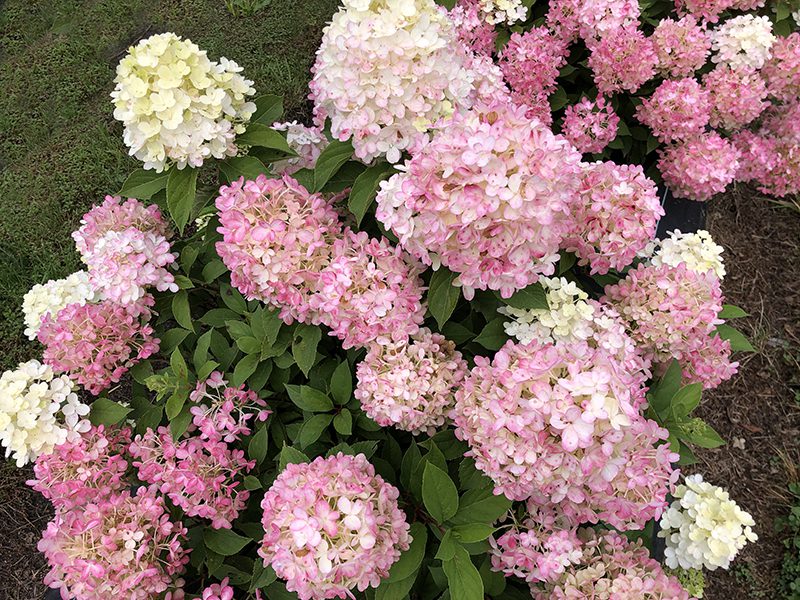
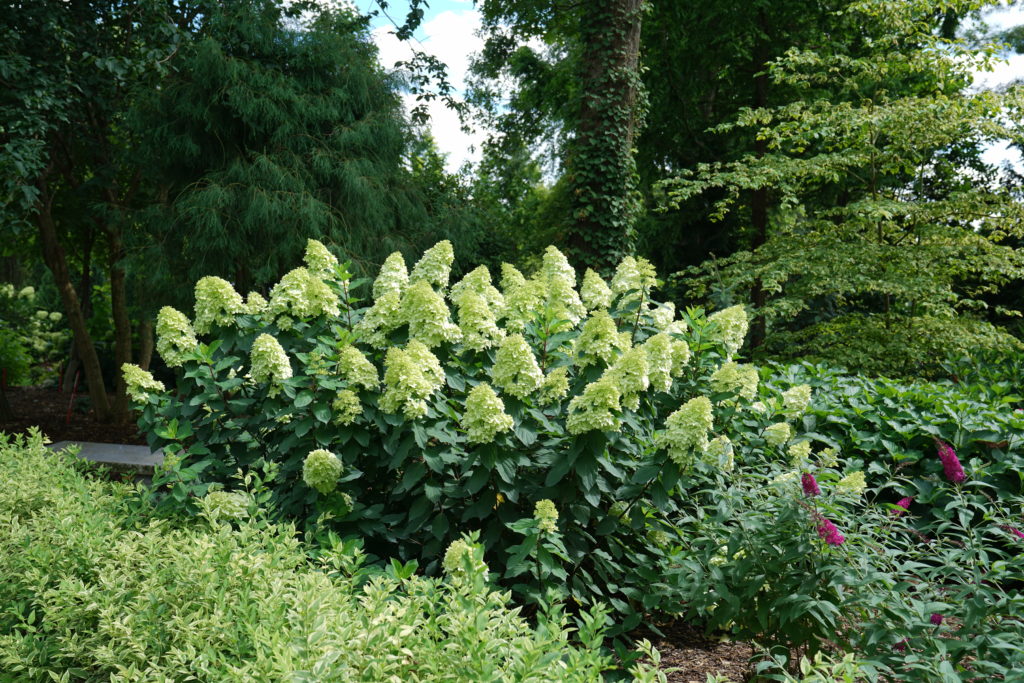
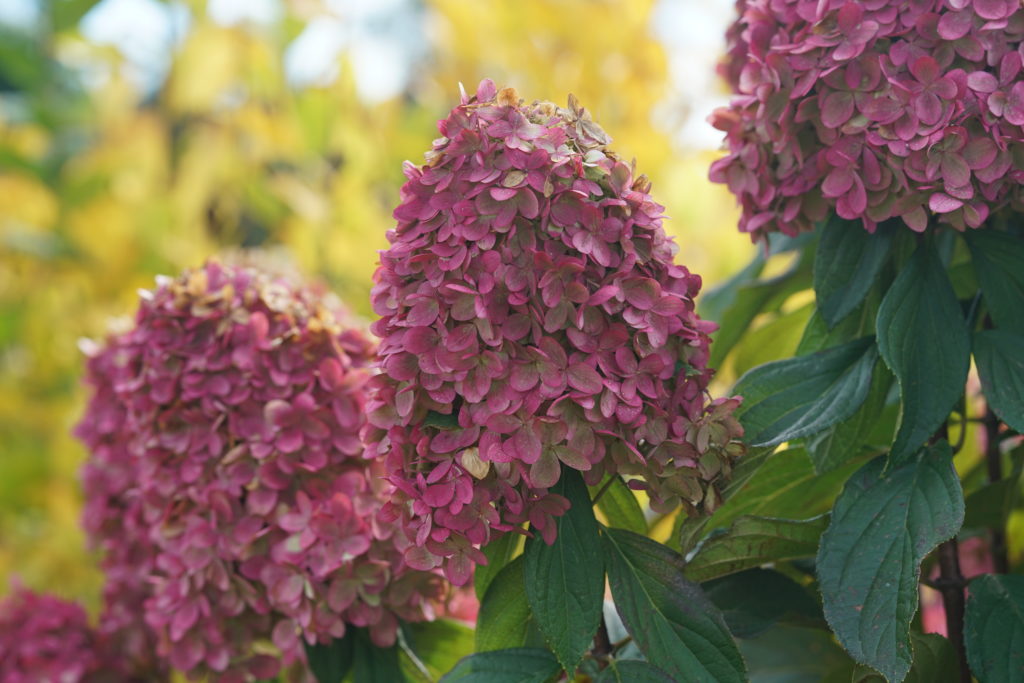
My blue Hydrangeas have black buds…should I cut them?
If your blue lacecap or mophead hydrangeas still have black buds at this time of year, it’s likely that those were killed in the winter or during a late-spring cold snap. Unfortunately, these buds contained the germ of the flowers for this summer. If the buds on your Hydrangea canes still are black at the end of May, those canes can be cut to the ground to make way for the growth of new stems from the ground. The plant will be just as tall by the end of summer, but without many flowers. Varieties such as Endless Summer will produce a few new flowers in September or October.
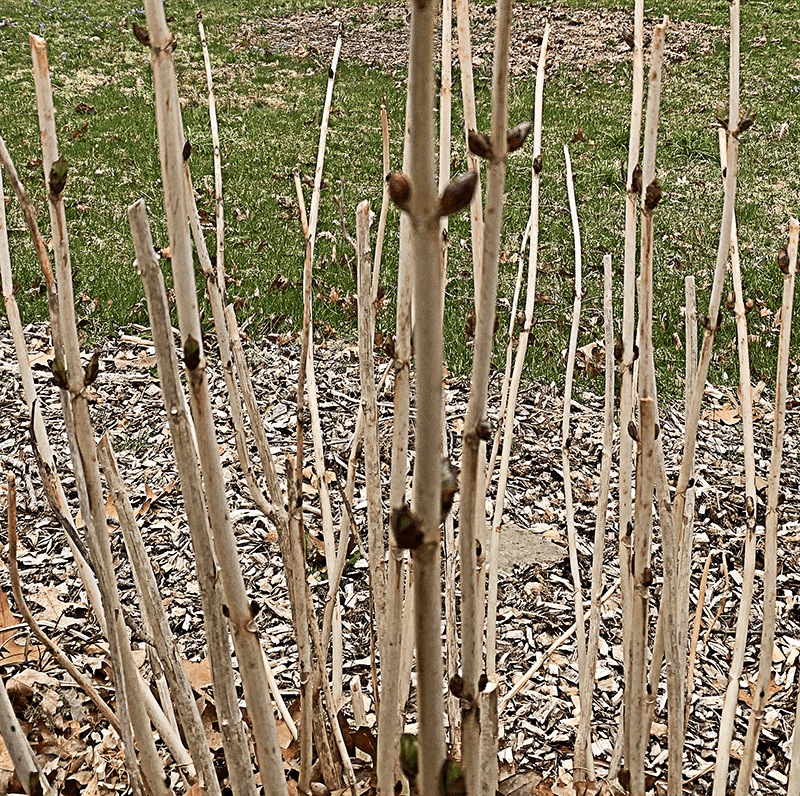
How do I prune my blue Hydrangea in May? Is it too late to prune Hydrangeas?
If you haven’t pruned your mophead (Hydrangea macrophylla) or lacecap (Hydrangea serrata or mactrophylla) yet, this is a great time to do so, but be sure not to remove any of the green growth on the stems. Only cut out bare stems that have no leaves on them. Click here to download our Hydrangea Pruning Handout.
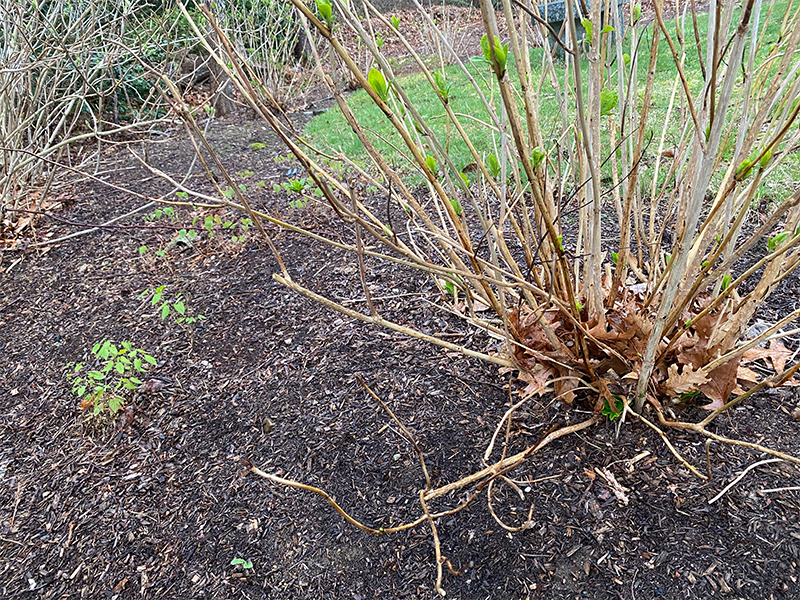
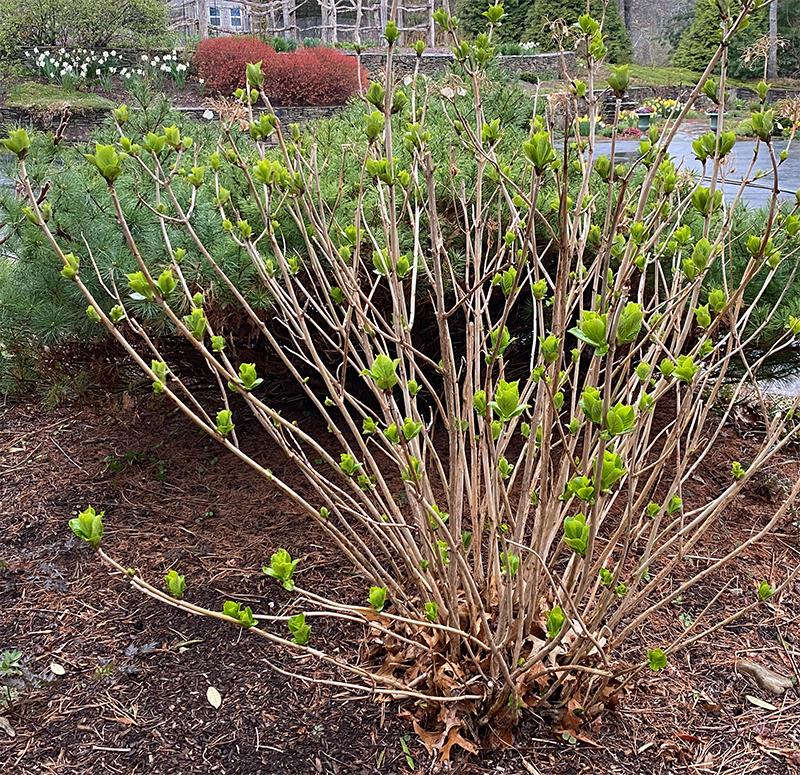
How do I take care of my Annabelle Hydrangea in spring?
Annabelle is a variety of Hydrangea arborescens, aka smooth hydrangea. Other varieties of this type are Invincebelle Spirit II, Blush, Mini Mauvette, Incrediball, and Wee White. Since these shrubs sucker to the side, they can be divided at this time of year should they be growing wider than you might prefer. Prune by clipping off any old flowers, removing all deadwood, and by cutting the plant back by a quarter of its height, making the cut above a pair of green leaves.
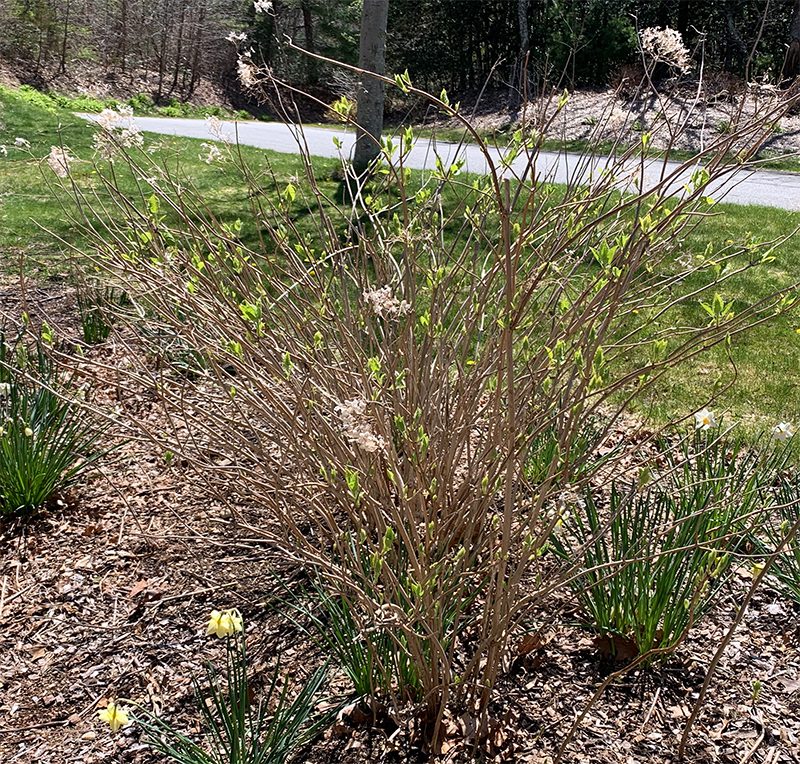
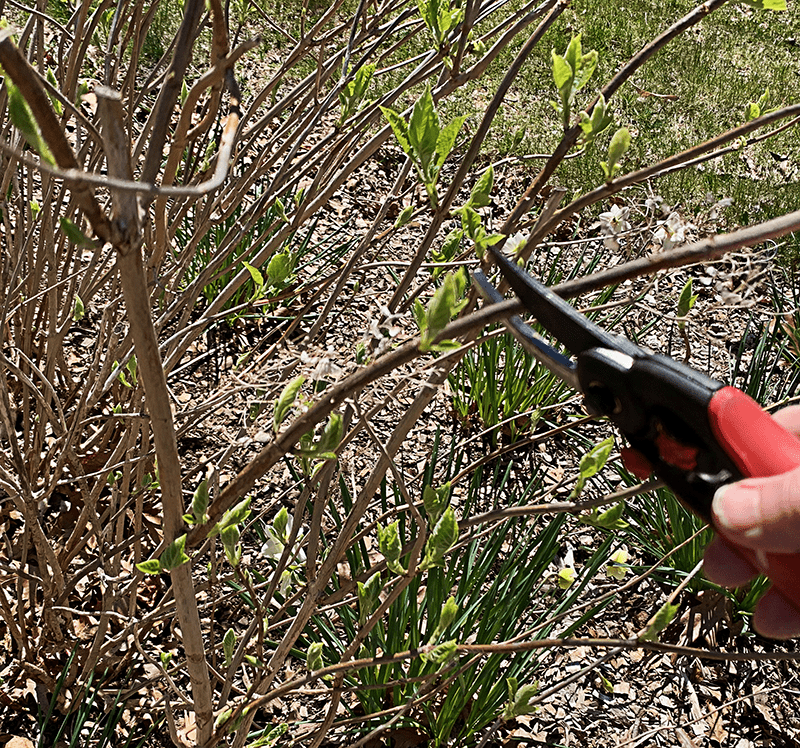
My Hydrangea’s leaves and buds turned black! What’s wrong?
Sometimes a Hydrangea starts to leaf out and there is a night when the temperatures drop to freezing, or there are days of cold wind. Either of these can kill or damage the emerging Hydrangea leaves and flowers. You may see this has happened on some of your plants but not others. Usually the damaged plant is in a more exposed location.
Another possible cause of blackened leaf edges or buds is fertilizer burn. This happens when a synthetic fertilizer is applied in too high a concentration, or to a dry plant. A Hydrangea might get fertilizer burn if lawn fertilizer is kicked into the shrub when applied to nearby turf.
In either case, wait and see what happens. The leaves and buds will either recover and go on to grow and bloom, or they won’t. If the effected buds and stems don’t recover and start to grow, they can be cut out in late June.
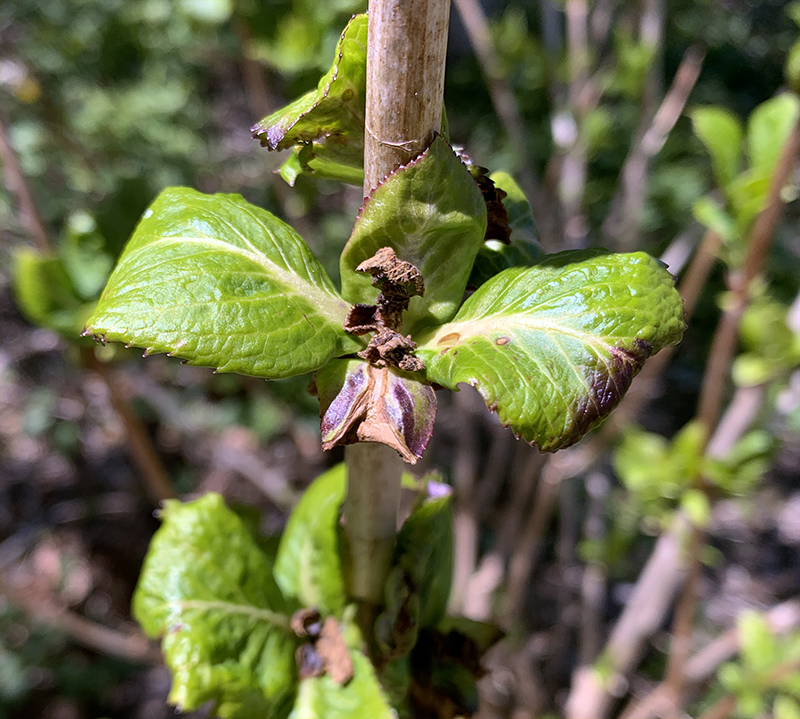
Why does my white Hydrangea have closed leaves on top?
Smooth hydrangeas (Hydrangea arborescens) are prone to the hydrangea leaf tier, a larva that knits the top leaves together to protect itself as it feeds on the foliage. The following photos show how this looks, and what to do. To see a photo of the moth that lays the eggs for the leaf tier, click here.
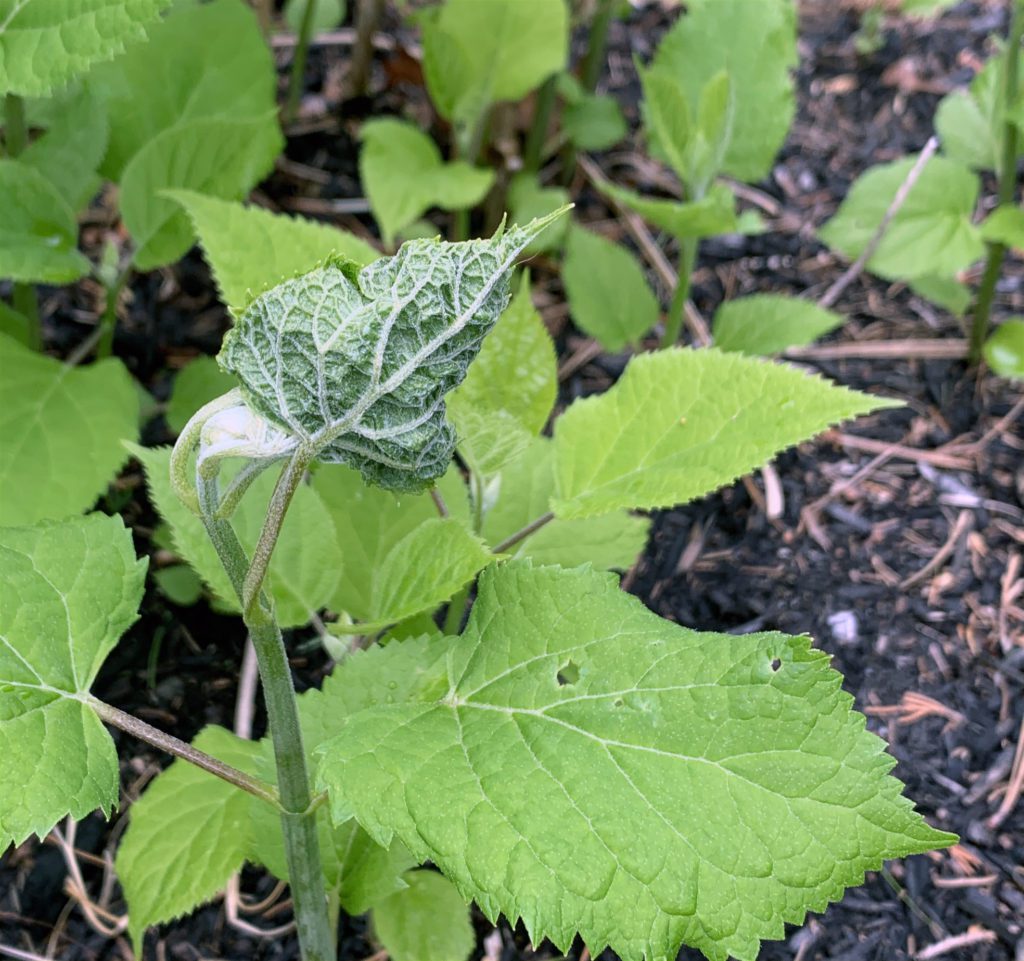
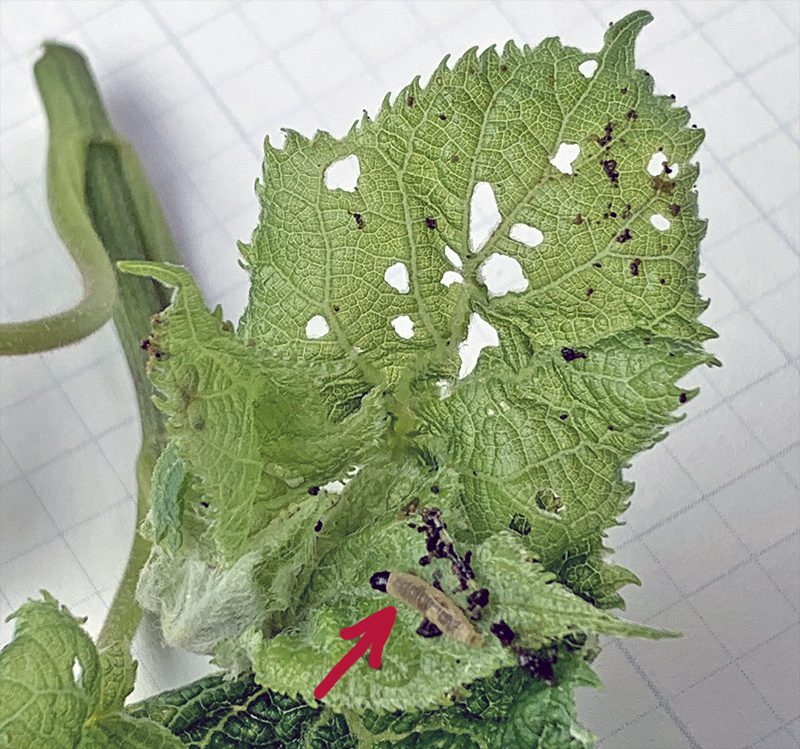
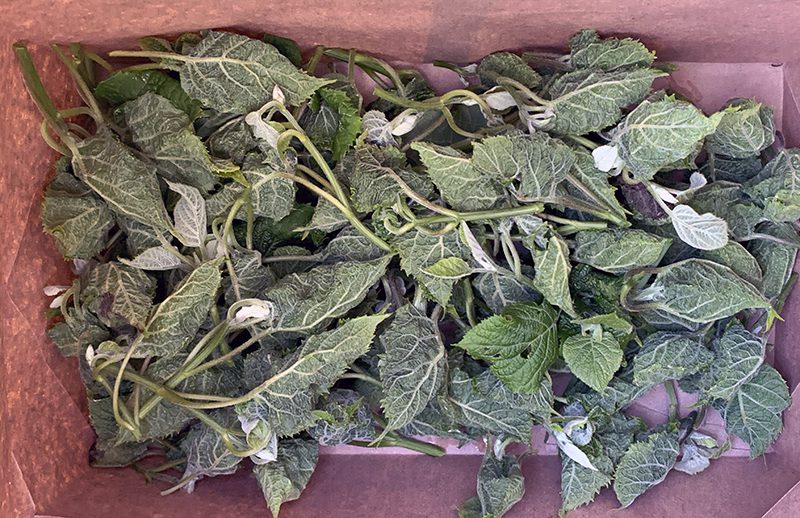
Whether you’re tending to your existing Hydrangea shrubs or planting new ones, we’re here to help! Come in and stroll through our Hydrangea section that is refreshed with new stock regularly at this time of year. Discover some of the newer varieties that are smaller. See many of the tree-form of panicle Hydrangeas, as well as the traditional favorites in mopheads and lacecaps.
Subscribe To Our Newsletter
Sign up for our weekly email about sales and events.
